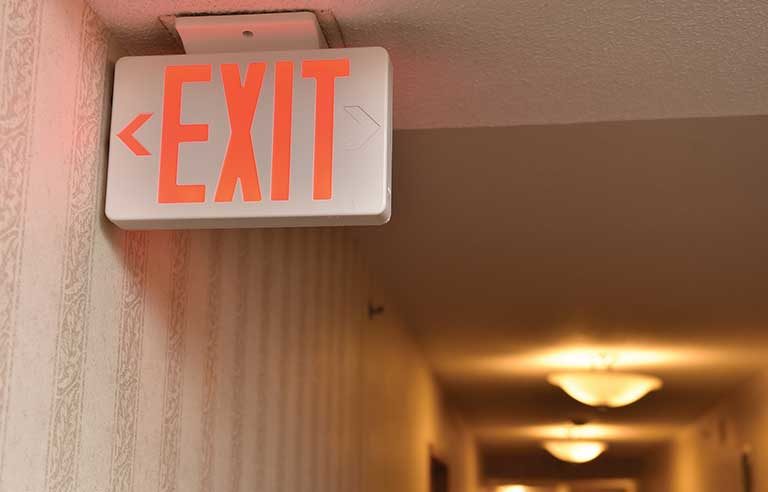Nearly 4,000 hotel, motel fires occur each year: USFA

Emmitsburg, MD — An estimated 3,900 hotel and motel fires were reported annually between 2014 and 2016, resulting in about 15 fatalities and 100 injuries each year, according to data published in a recent edition of the “Topical Fire Report Series” from the U.S. Fire Administration and FEMA.
Confined fires, defined as “small fire incidents that are limited in extent, staying within pots, fireplaces or certain other noncombustible containers,” accounted for 56 percent of the reported fires during the three-year span. However, people were nearly 10.5 times more likely to be injured in a nonconfined fire (48.2 injuries per 1,000 fires) than a confined fire (4.6 injuries per 1,000 fires).
The overall injury rate for hotel and motel fires was 24 per 1,000 fires, while the overall fatality rate was 3.2 per 1,000 fires. No fatalities from confined fires were recorded.
Other findings:
- Cooking was the leading cause of the fires, at 55 percent.
- Heat from open flames or smoking materials (including includes candles, cigarettes, lighters and matches) accounted for 18 percent of nonconfined fires.
- Among the nonconfined fires in occupied hotels and motels, smoke alarms were absent in 10 percent of the incidents, while automatic extinguishing systems were absent in 45 percent.
FEMA and USFA, in a hotel and motel fire safety guide, recommend staying in establishments that have a wired smoke alarm and an automatic fire sprinkler system in each room; reading the fire evacuation plan carefully and finding the two closest exits from your room; finding the location of the fire alarms on your floor; and counting the number of doors between your room and the nearest exits (in case the hall is dark).
Post a comment to this article
Safety+Health welcomes comments that promote respectful dialogue. Please stay on topic. Comments that contain personal attacks, profanity or abusive language – or those aggressively promoting products or services – will be removed. We reserve the right to determine which comments violate our comment policy. (Anonymous comments are welcome; merely skip the “name” field in the comment box. An email address is required but will not be included with your comment.)

